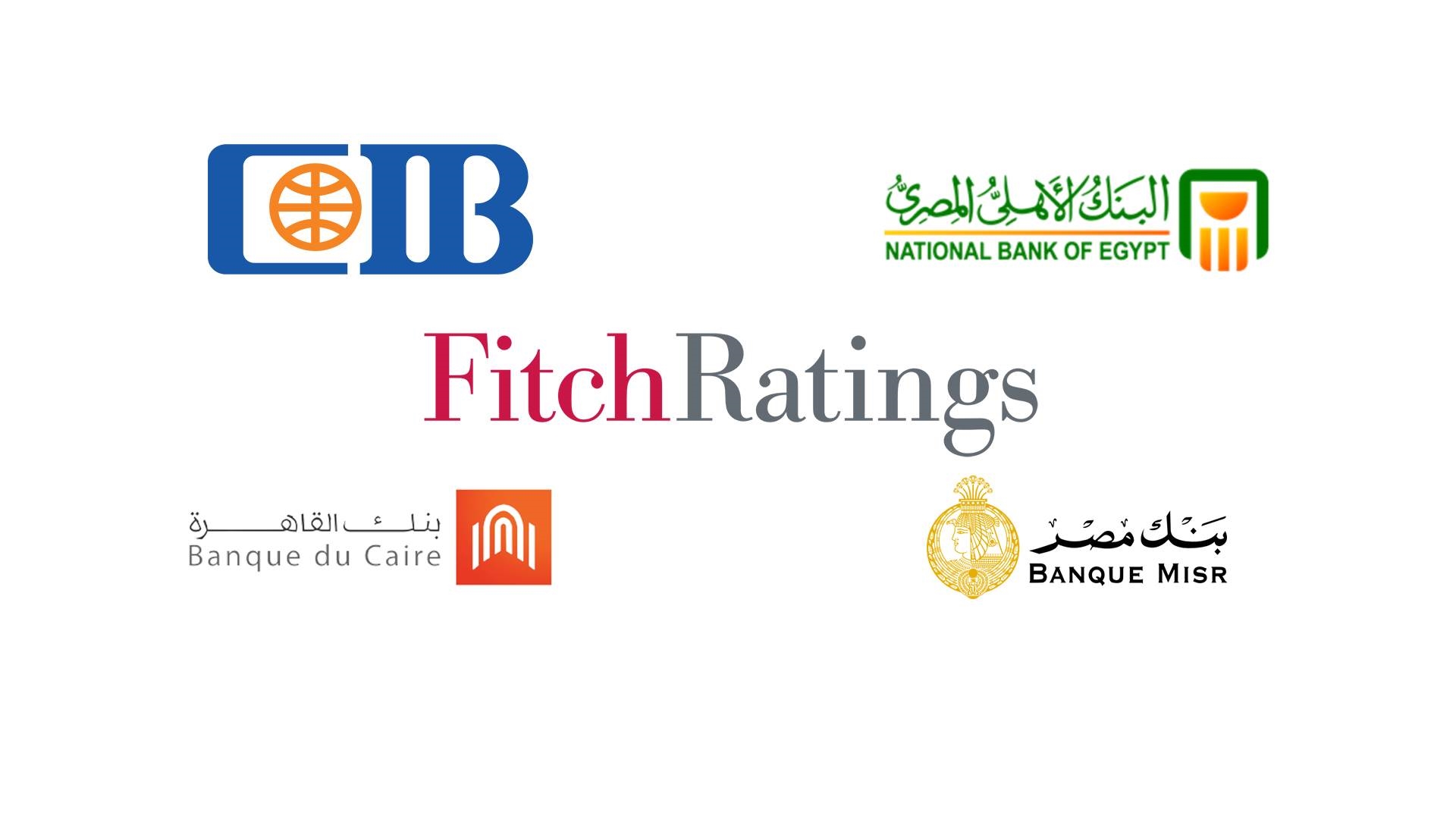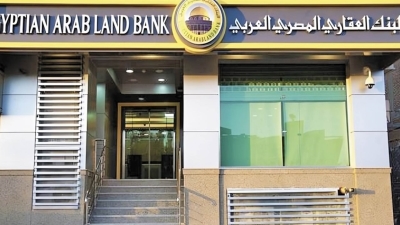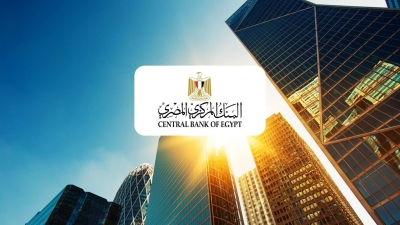Fitch Revises Outlooks on 4 Egyptian Banks to Positive
First Bank

Fitch Ratings has revised the Outlook on National Bank of Egypt (S.A.E.) (NBE), Banque Misr (S.A.E.) (BM), Banque du Caire S.A.E. (BDC) and Commercial International Bank's (Egypt) S.A.E. (CIB) Long-Term Issuer Default Ratings (IDRs) to Positive from Stable and affirmed the IDRs at 'B-'.
The rating actions follows the revision of the Outlook on Egypt's sovereign rating (see 'Fitch Revises Egypt's Outlook to Positive; Affirms at 'B-') and reflects the strong correlation of Egyptian banks' creditworthiness with that of the Egyptian sovereign.
The Long-Term IDRs of NBE, BM, BDC and CIB are driven by their 'b-' Viability Ratings (VRs). The VRs reflect the strong correlation between the banks' credit profiles and that of the sovereign, given their significant direct exposure to the sovereign through sizeable holdings of Egyptian government debt and lending to public sector companies. For the banking sector as a whole, total exposure to the sovereign and the broader public sector at end-2023 was 53% of total assets or around 8.3x banks' equity.
In our view, the recent large investment from the UAE and support packages from IMF, greater foreign-exchange (FX) rate flexibility and the significant improvement in FC liquidity will underpin greater macro stability in 2024/25 and alongside with a stronger sovereign credit profile will be positive for banks' business, risk and financial profiles.
Credit performance should also benefit from easing inflation, lower input costs and better FC availability with the sector's impaired loan ratio of 3% at end-2023, expected to remain broadly stable by end-2024. Banks' performance will remain strong in the medium term supported by high interest rates, stronger business growth and greater macroeconomic stability.
We believe the weakening of the Egyptian pound vs the US dollar by around 34% year-to-date has put pressure on banks' regulatory capital ratios, given their sensitivity to exchange-rate movements. However, they remain above minimum regulatory requirements. The sector's common equity Tier 1 (CET1) ratio strengthened to 13% at end-2023 from 11.1% at end-2022 on the back of strong profits, which likely came down by 1Q24 post devaluation. We expect capital ratios to recover during the rest of 2024, supported by strong profitability and healthy internal capital generation.
We have revised the outlooks on CIB's and BDC's capitalisation and leverage scores to positive from stable in line with the sovereign. We also revised the outlooks on NBE's and BM's capitalisation and leverage scores to stable from negative to reflect reduced pressures on their capital ratios in 2024/25 on the back of reduced pressure on the sovereign after recent events, expectations of a broadly stable exchange rate and expected stronger profitability, which should underpin capital build-up.
Foreign-currency liquidity conditions have improved, with the banking sector's net foreign liability position dropping to USD2.8 billion in March 2024 from USD17.5 billion in February 2024 supported by banks' build-up of foreign assets up by around USD8 billion in March 2024 versus February 2024). This was underpinned by strong capital inflows stemming from the Ras Al Hekma deal, remittances and the return of sizeable of non-resident inflows into the domestic market by almost USD20 billion.
We expect the banking sector to return to a net foreign assets position by end-1H24 on the back of continuing disbursement of funds under the Ras Al Hekma deal as well as recovering remittances and tourism receipts. Accordingly, we have revised the outlooks on the banks' funding and liquidity scores to positive from stable.







